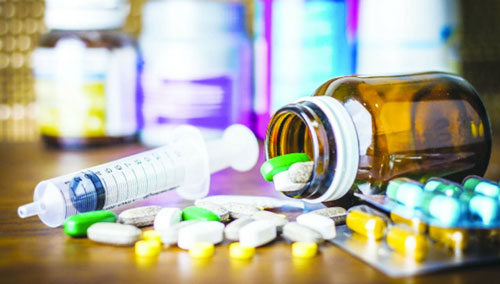A recent study has shown that aprotinin, a drug that reduces the risk of bleeding during surgery, can stop the novel coronavirus from entering host cells. The drug could serve to prevent severe cases of COVID-19, the authors say.
Aprotinin is an inhibitor of fibrinolysis, the process leading to the breakdown of blood clots. Doctors sometimes use it during surgery to reduce the risk of bleeding and, consequently, the need for blood transfusions.
Aprotinin is also a protease inhibitor, which is important in the context of COVID-19.
This is because cleavage of the coronavirus spike protein — which a protease performs — is an essential step in the viral life cycle, allowing the virus access to cells in the body. This cleavage must take place for the virus to be able to bind to its receptors on the surface of our cells.
The researchers added aprotinin to cells both before and after they infected them with the virus. The results showed that aprotinin effectively prevented the virus from entering the cells (and, therefore, from replicating) in both cases.
The testing process involved various cell types, including cells isolated from the surface of human bronchi, and a range of concentrations of aprotinin. The team also tested the drug against three different strains of the virus outside of cells.
Importantly, the results showed that aprotinin was effective in inhibiting the virus at levels that doctors could realistically give to a patient (i.e., at therapeutic doses).
The impact of historical trauma on American Indian health equity
In this Special Feature, we draw from the work of experts on American Indian health inequities to highlight the unfair disparities this population faces as a result of historical trauma.
Trauma has profound implications for mental and physical health. Historical trauma, as we explore in this article, can create health inequities centuries later.
2020 has been an eventful year that has revealed injustice throughout so many layers of society.
Events such as COVID-19 and the Black Lives Matter (BLM) movement have brutally exposed racial and socioeconomic injustice. In their wake, it is becoming impossible to hold on to the same airbrushed narratives of the past.
Thanksgiving, for example, is a beloved celebration for many people in America, but it is also a controversial celebration riddled with historical in accuracy.










